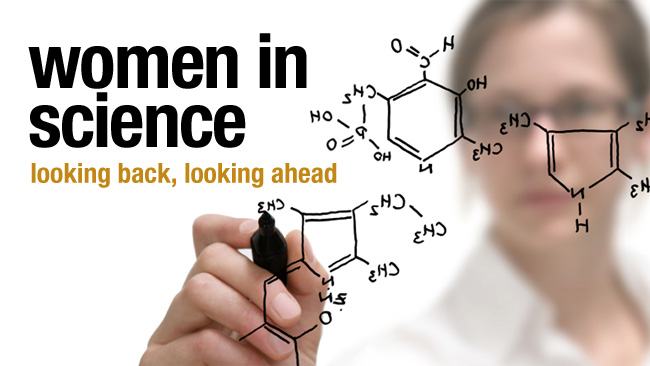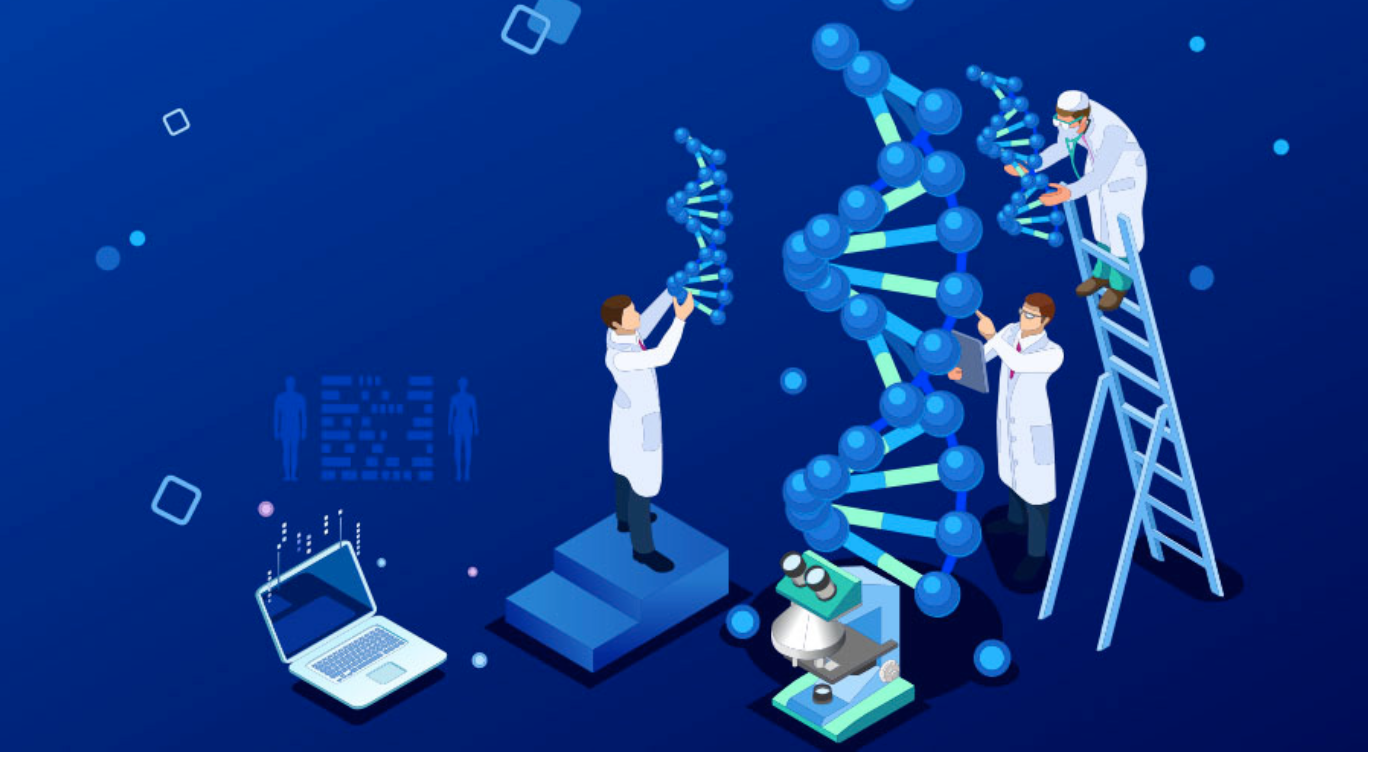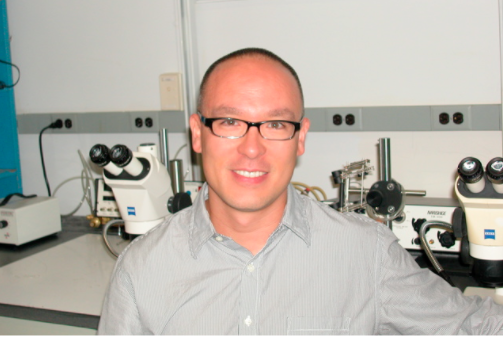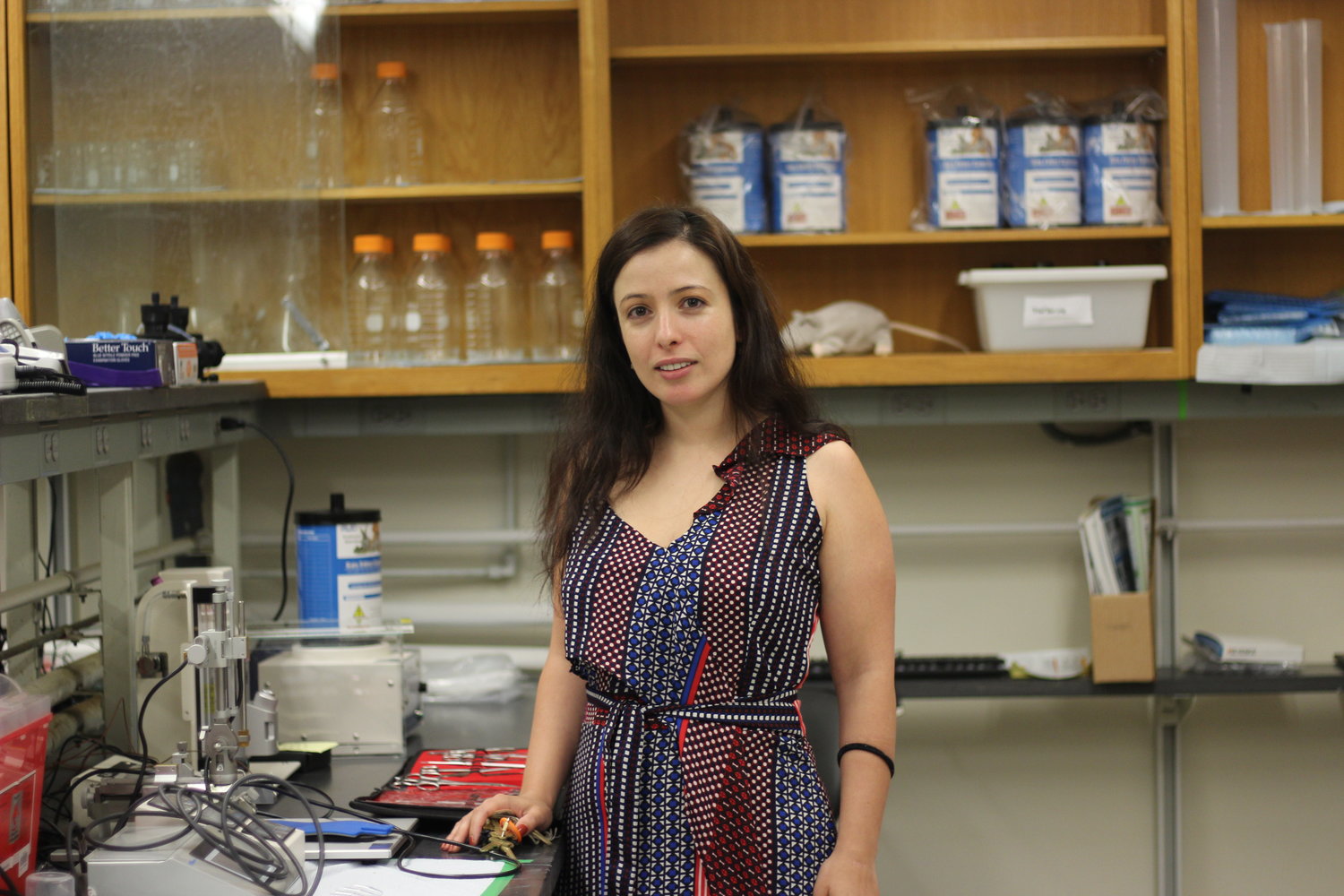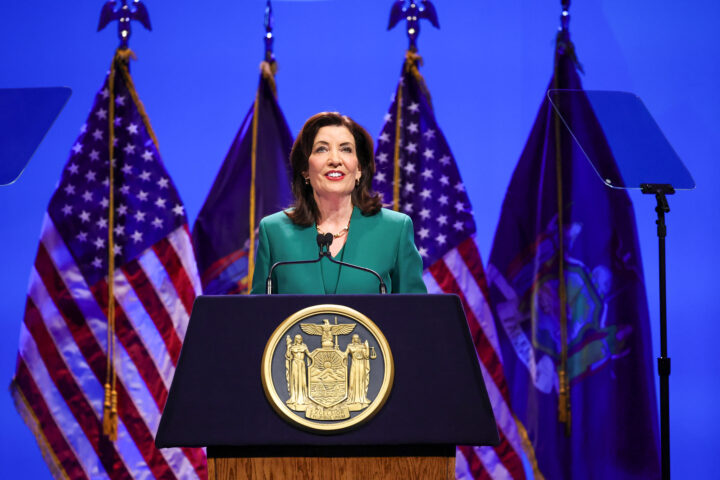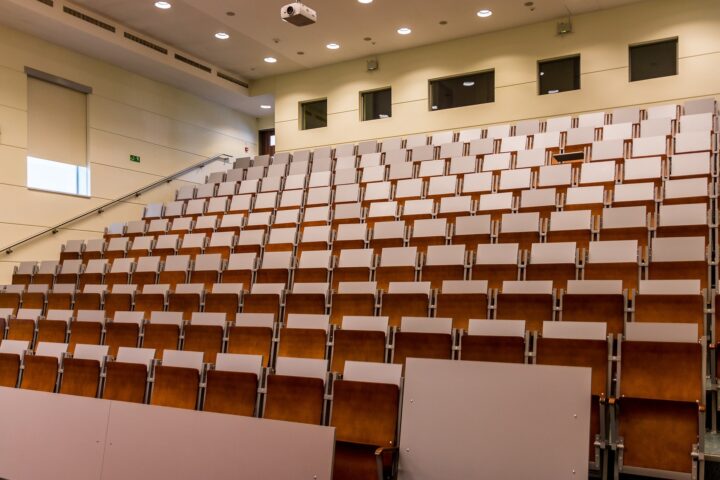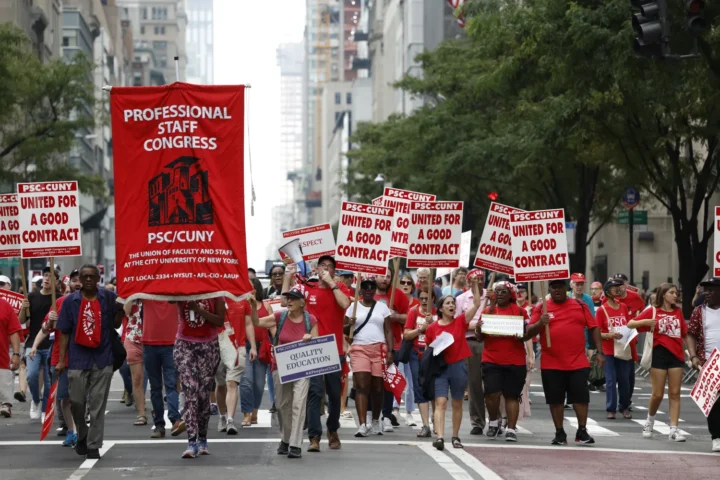A survey released last month found just 13 percent of women are members at the National Academy of Sciences, a private, non-profit founded in 1863.
Throughout the world, less than one-eighth of women are members of scientific academies. Dorothy Ngila, a researcher who worked on the study, said scientific bodies should reflect the diverse amount of people in the world.
“They should make sure their panels and reports are reflective of the diversity of our world,” Ngila said. “You cannot provide advice to government using only half the team.”
At Queens College, women interested in the hard sciences face a field where the lack of diversity may cause problems, such as gender discrimination.
Jennifer Serpico, a freshman majoring in Environmental Science, experienced discrimination while working.
“On the field, I’ve been told to let men handle the heavy equipment, and had my objections ignored by my supervisor,” Serpico said.
One doctoral student, who wished to remain anonymous, said older male superiors do not think highly of her as a scientist. She explained these “small things” lead women to leave the field in frustration.
An adjunct professor in the biology department, who also wished to remain anonymous, felt frustrated about harassment and being “hit on” when presenting her work at professional conferences.
“Someone will try to strike a conversation with me, but I just brush it off and discuss my work,” she said. “Thanks, but I don’t need your approval or gratification.”
She also lamented the struggles students face after they graduate with a bachelor’s degree. She explained that she never noticed so much overt sexism in her field until she became a graduate student.
“Your relationships with the superiors and your department are much more personal,” which may bring overt sexism to light,” she said.
Corinna Singleman, a Ph.D candidate and teaching assistant in the biology department, said the lack of women in STEM, which refer to science, technology, engineering and mathematics, is not talked about much.
“There are barely any media coverage of women in STEM,” Singleman said. “There’s this huge myth about people like us being fidgety lab rats with no social lives or social skills like Amy, portrayed by actress Mayim Bialik, on the Big Bang Theory, [a popular sitcom].”
Another adjunct, also preferring to stay anonymous, said there were misconceptions about women in STEM.
“I wish that the media portrayed all kinds of women in science. We’re not all frumpy and socially awkward. We’re not nervous around men. We can be girly if we want to be,” she said.
Each interviewee had their own ideas and strategies to fight this discrimination. Mya Chikaukami, a junior majoring in anthropology, pointed out that there should be more information made available about historic female scientists.
“These fields look more closed off if we’re lead to believe it truly is a ‘boys club,’” she said.
Those interviewed noted the importance of early interventions to avoid sexism. By separating boys and girls at an early age, said Singleman, children never get an opportunity to imagine as scientists working together when they grow up.
“By the time they have the opportunities, they have already decided it’s not for them,” she said.
But Singleman felt hopeful about the future. With programs advocating student involvement in science both during college and high school, institutions can slowly change.
“The faculties of many upper-level institutions are still predominantly white and male, and this balance will not change very soon,” Singleman said. “[Here in Queens], there are many women faculty in my field here. It’s a comfort, because, if they can do it, so can I.”


